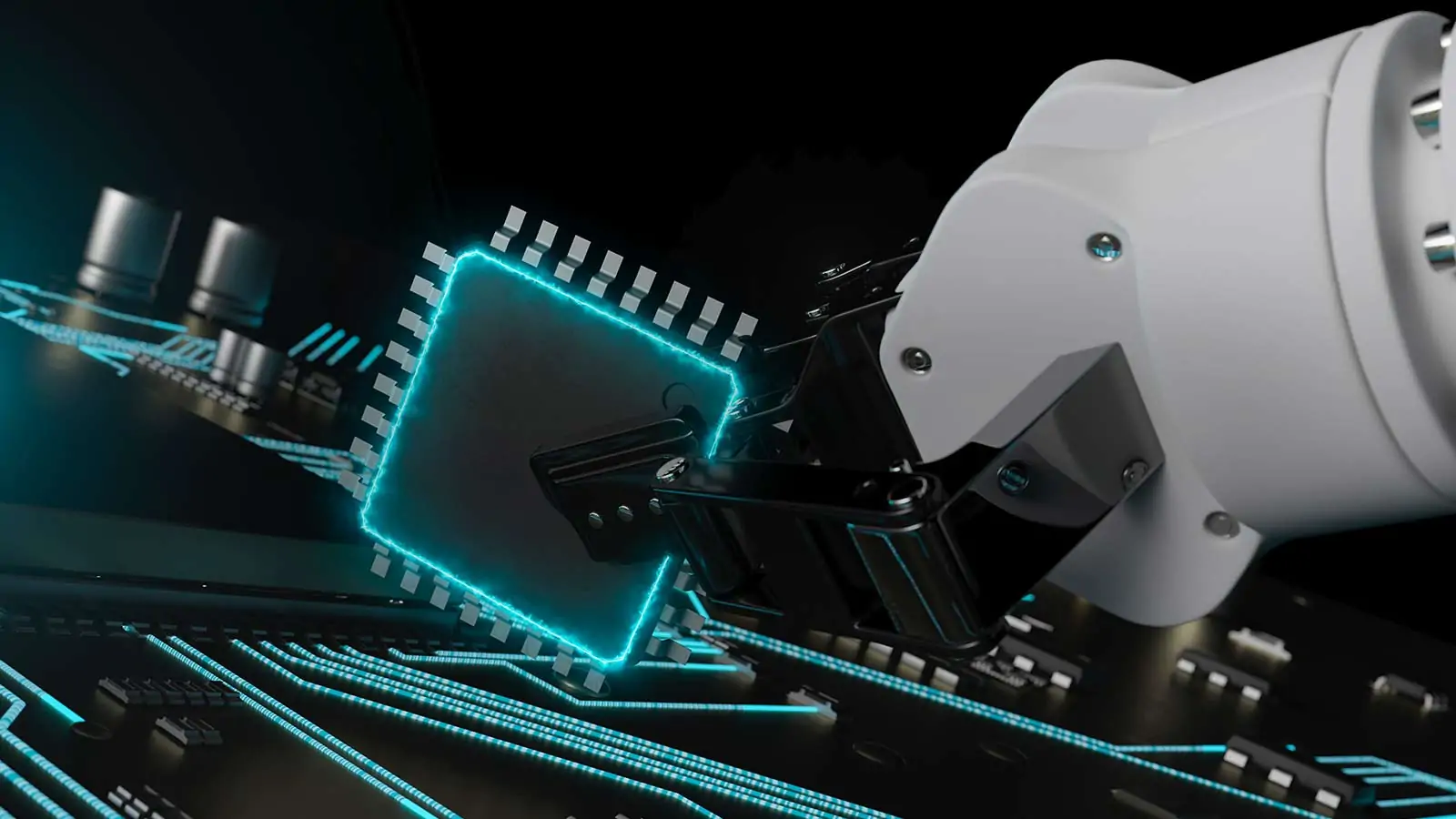Remember the stars during your class tests or the names of the students flashed on leaderboards to spotlight the best performers in a class? Since very early on we have seen gamification as a vital part of education and rightly so since concepts like reward systems and leaderboards help with motivating and encouraging students to engage better by rewarding the core drives such as accomplishments and social recognition apart from the sense of fulfillment. In the digital era gamification systems are much more baked into the education system and are not just limited to the rewards aspect of learning and motivation. The introduction of immersive 2D and 3D experiences adds a new dimension to learning using immersive and spatial audio/video designs which make the course content much more interactive and engaging for the users.
The gamification of learning content is not just limited to the classroom even professional training such as compliance and profession specific trainings are also being gamified and delivered in more role-based games than purely conventional learning material, this has helped a lot of companies in onboarding the employees faster and upskill and reskill them with agility.
At Ascendion, we use mastery badges to motivate the engineers to be craft masters in their respective technology starting from the basic level of Artisan, this helps in creating a gamified experience for the associates accompanied by interactive storytelling as a way of delivering content which makes the learning experience engaging apart from which we have introduced coding challenges through puzzle and strategy elements in the content which helps in developing the analytical and cognitive abilities of the associates.
It is well established that gamified approach is the way to engage the audience of all age groups, there is much to learn from the success of the Duolingo app, there have been multiple apps in the market before it, but Duolingo was able to do what others before it could not. Its adaptive learning system adjusts to individual progress, providing personalized feedback and the gamified moreover, its goal-tracking system and a community-focused approach through group challenges makes it an enjoyable social experience. Not only ed tech startups like Duolingo and Class Dojo have been successful, but even well-established games like the Microsoft Minecraft have also introduced an education specific version of the game which is classroom friendly and helps learn independently or co-learn and co-teach courses within the Minecraft game.
The gamification in education has been rewarding for the students especially in the soft sikills where a survey by TalentLMS found that “89% of employees felt more productive and 88% felt happier when their work involved gamified elements, suggesting potential benefits for developing workplace skills (TalentLMS, 2019) “ while gamification in e-learning has been proved to increase student participation by 14% and course completion rates by 9% (Looyestyn et al., 2017). Benefits have also been realized on the knowledge retention side for all age groups, a study in the Journal of Educational Technology & Society found that students using gamified learning platforms retained 11% more factual knowledge and 9% more skill-based knowledge compared to traditional methods (Ting et al., 2019).
Overall, educators have historically employed simple gamification techniques such as rewards and academic competitions to motivate students and foster engagement. E-learning has further seamlessly integrated game elements into learning by providing immersive experiences across various subjects, from language acquisition to complex scientific concepts. Furthermore, there are institutions harnessing the power of gamification to create dynamic, adaptive learning environments that bring inclusivity to the learning system and provide an engaging learning experience for all curious minds.



